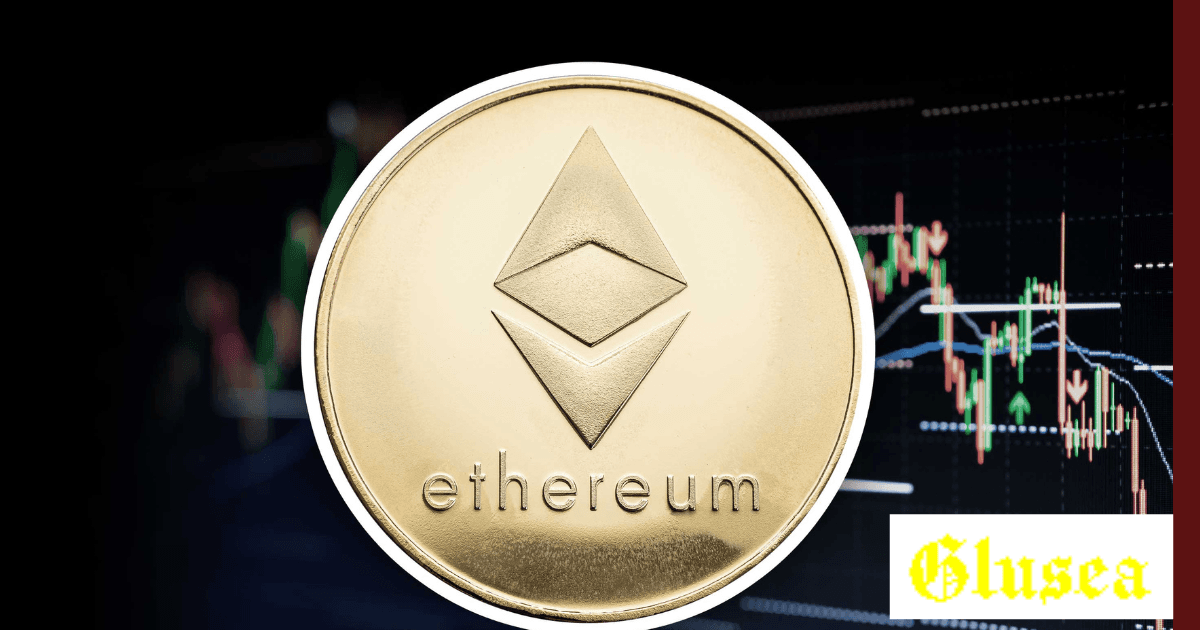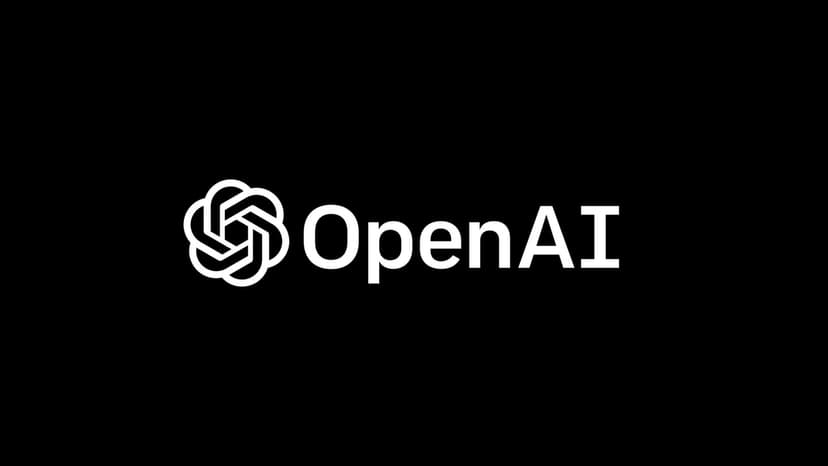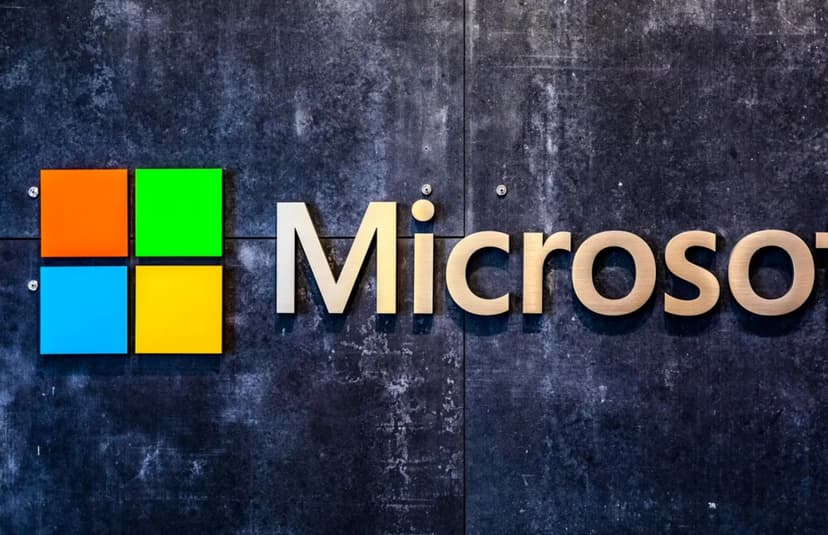Innovative Ethereum: Exploring Digital Patents on the Blockchain

As the digital landscape continues to evolve, revolutionary technologies like blockchain have not only disrupted traditional industries but have also paved the way for unprecedented advancements. In this article, we delve into the world of Ethereum and its role in the exploration of digital patents on the blockchain. Ethereum is innovative and game changing when it comes to investing and trading. Not sure how to start? Visit ethereumcode.app now where an expert will help you to understand about investing.
Understanding Ethereum: Beyond Cryptocurrency
Ethereum is a decentralized platform known as the “world computer,” designed to empower developers in constructing and launching smart contracts and decentralized applications (DApps). In contrast to Bitcoin’s main function as a digital currency, Ethereum functions as a multifaceted platform. Its native cryptocurrency, Ether (ETH), plays a crucial role as it fuels transaction executions and drives the functionality of various applications.
The Rise of Smart Contracts
At the heart of Ethereum’s innovation lies the concept of smart contracts. These self-executing contracts with the terms of the agreement directly written into code have the potential to revolutionize various industries. Smart contracts enable parties to transact and interact directly without the need for intermediaries, thereby reducing costs, increasing efficiency, and minimizing the potential for disputes.
Blockchain and Digital Patents: A Promising Alliance
The marriage of blockchain technology and digital patents opens up a realm of possibilities for securing and managing intellectual property in a transparent, tamper-proof, and efficient manner. Traditional patent systems often involve complex processes, lengthy paperwork, and significant fees. Ethereum’s blockchain, however, offers a streamlined alternative that addresses many of these challenges.
Immutable Records and Proof of Creation
In the world of patents, establishing the originality and timeline of creation is of paramount importance. Ethereum’s blockchain provides an immutable ledger where creators can timestamp their innovations, proving their existence at a specific point in time. This could significantly simplify the process of demonstrating ownership and authorship, a critical factor in patent applications.
Enhanced Transparency and Trust
Blockchain’s transparent nature ensures that all transactions and interactions are recorded on an open and distributed ledger. When applied to patents, this transparency can bolster trust among inventors, investors, and other stakeholders. The ability to trace the entire lifecycle of a patent application, from filing to approval, can reduce the chances of disputes and streamline licensing agreements.
Challenges and Considerations
While the marriage of Ethereum and digital patents holds immense promise, it’s essential to acknowledge the challenges and considerations that come with this innovative approach.
Scalability and Throughput
As Ethereum gains popularity and more applications are built on its platform, scalability and throughput become crucial factors. The network’s current limitations in terms of transaction speed and capacity could pose challenges when dealing with a high volume of patent-related transactions.
Regulatory Landscape
The legal and regulatory framework surrounding digital patents and blockchain technology is still evolving. Navigating these complex waters requires a careful balance between innovation and compliance with existing patent laws.
Future Outlook and Potential Impact
The convergence of Ethereum and digital patents presents a future where innovation and intellectual property protection seamlessly intertwine. As blockchain technology matures and becomes more widely adopted, we can expect to see increased interest from inventors and businesses seeking secure and efficient ways to manage their intellectual property.
Decentralized Patent Marketplaces
Imagine a world where inventors can showcase their patented ideas on a decentralized marketplace powered by Ethereum. This platform could facilitate the buying, selling, and licensing of patents directly between creators and interested parties, further reducing the need for intermediaries.
Global Accessibility
Ethereum’s decentralized architecture extends beyond geographical confines, providing global accessibility to creators and pioneers worldwide. This accessibility has the potential to democratize the procedure of patent applications, enabling inventors hailing from developing nations to engage actively in the broader global innovation landscape.
Conclusion
Innovative Ethereum is not only reshaping the financial landscape but is also poised to revolutionize how we approach digital patents. The marriage of blockchain technology and patents holds the promise of enhanced transparency, streamlined processes, and increased accessibility. As Ethereum continues to evolve and overcome its challenges, the future of digital patents looks bright, offering inventors and creators a new frontier to explore and protect their intellectual property.
You Might Also Like

Google’s newest AI model is designed to help study dolphin ‘speech’
Source: Tech Crunch Google’s AI research lab, Google DeepMind, says that it has created an AI model that can help decipher dolphin vocalizations, supporting research efforts to better understand how dolphins communicate. The model, called DolphinGemma, was trained using data from the Wild Dolphin Project (WDP), a nonprofit that studies Atlantic spotted dolphins and their behaviors. Built […]

AI’s Role In Propelling Township Economies Forward
Access to the internet remains a significant barrier for many informal sectors in South Africa. As artificial intelligence (AI) becomes more prevalent, township economies cannot afford to fall behind. Jo Griffiths, founder of Global Innovation Initiative Group that specializes in funding and fostering innovation across Africa, emphasizes that AI could be a game-changer to revolutionize […]

AI Models are Still Not Perfect with Debugging Code According to Microsoft
Source: Tech Crunch AI models from OpenAI, Anthropic, and other top AI labs are increasingly being used to assist with programming tasks. Google CEO Sundar Pichai said in October that 25% of new code at the company is generated by AI, and Meta CEO Mark Zuckerberg has expressed ambitions to widely deploy AI coding models within the social media […]

Crypto News Summary for the first Week of February 2025
Bitcoin’s Volatility: This week, Bitcoin (BTC) experienced significant volatility, dropping to $96,000 after reaching an all-time high of $109,000 in January. The decline has been attributed to several factors including U.S. President Donald Trump’s tariff policies affecting trade with China, Canada, and Mexico. Analysts from Coinpedia suggest that despite the dip, Bitcoin might see a […]








